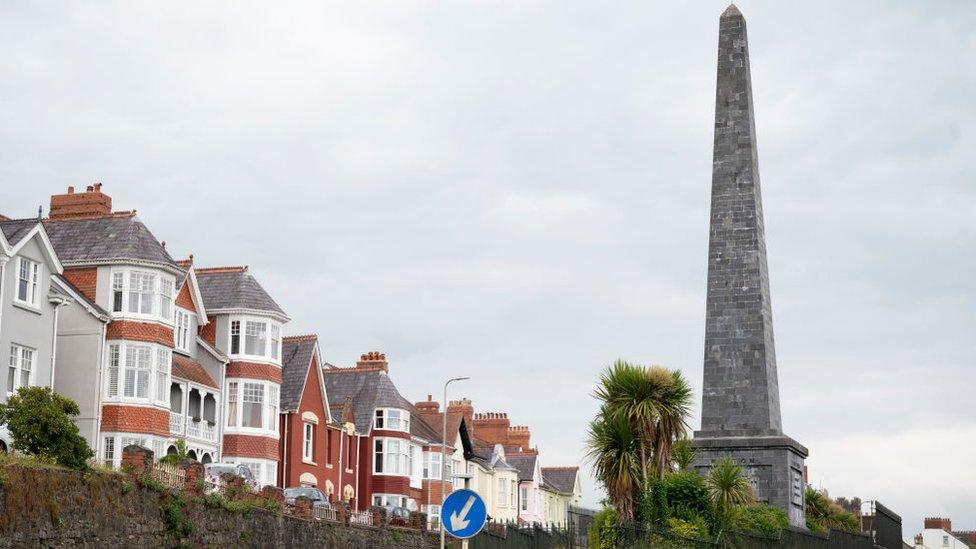Blue plaque: What is a blue plaque? And who gets them?
- Published
- comments
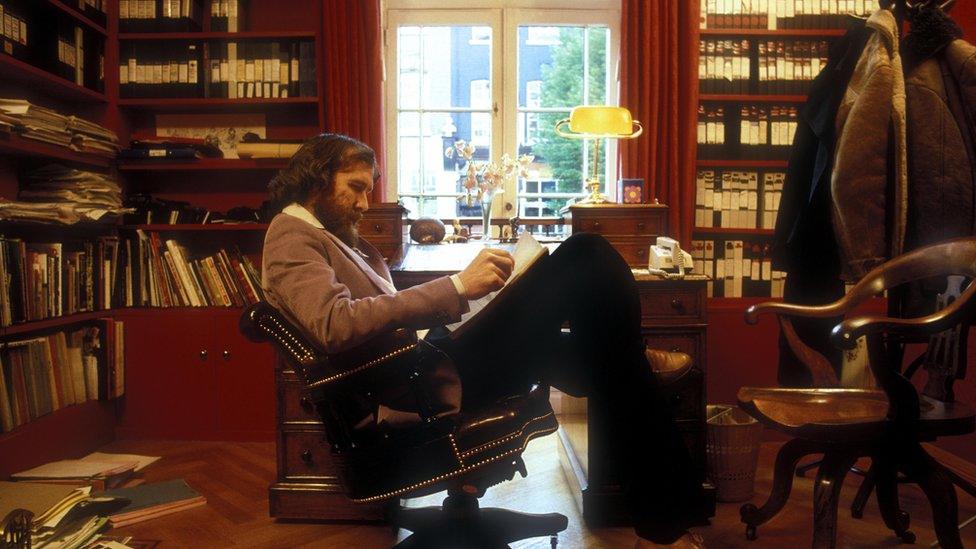
A blue plaque has been unveiled at the former home of Jim Henson, creator of the Muppets
A blue plaque has been unveiled at the old home of the Muppets creator Jim Henson.
The Muppets was a hugely popular comedy show in the 1970s and 1980s which starred Kermit the Frog and Miss Piggy. They went onto make some big films that you might have seen like Muppets Most Wanted.
Henson, who also worked on Sesame Street and Dark Crystal, lived in the house in Hampstead, north London, from 1979.
Henson died in 1990 and the blue plaque has gone on display just before what would have been the puppeteer's 85th birthday.
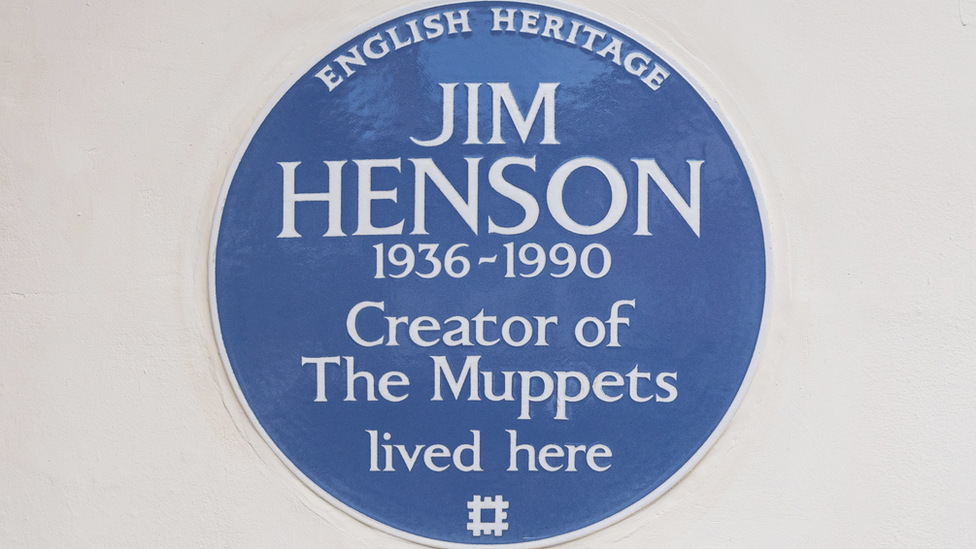
Henson's son, Brian, said: "It's an honour to have his British home recognised with a blue plaque, knowing that he so admired and respected the talent in London."
"My father moved to London to make The Muppet Show, and then chose to stay because he was so impressed by the UK's many gifted artists and performers," he added.
The Muppet show and films were huge hits and often featured celebrities making special appearances like Selena Gomez, Lady Gaga and Tom Hiddleston.
Earlier this year, Disney+ added a warning message at the beginning of some old episodes of The Muppet Show.
The message warns that some shows contain "negative depictions and/or mistreatment of people or cultures" which means they include things like harmful stereotypes.
What is a blue plaque?
If you can't see the quiz in this page, click here.
England's official blue plaque scheme is managed by the charity English Heritage.
English Heritage looks after over 400 historic buildings, monuments and sites.
Their plaques celebrate the lives of important figures from the past and the buildings where they lived and worked all around London.
However, there are many other similar schemes around the UK. These are run by local councils and other organisations.
These plaques usually mark a person, building or event with important significance.
History of blue plaques
The London blue plaque scheme first started 150 years ago.
Poet Lord Byron was the first person to have a plaque mark his birthplace in 1867, but it no longer exists with the original building now replaced by a department store.
English Heritage look after London's plaques and decide who is awarded one. There are currently more than 900 plaques across London.
The scheme has spread across the UK and many local councils take applications for suggested blue plaques.
Who gets a blue plaque?

John Lennon is a famous musician known for being in the band The Beatles
The official English Heritage scheme awards a blue plaque to celebrate the lives of important people.
The recipient of the plaque must have died at least 20 years ago.
The building connected to the person is also important. English Heritage want to celebrate the relationship between people and a certain place, so they only install a plaque if there is a surviving building that is closely linked with the person nominated.
The public can nominate candidates.
For other blue plaques schemes, which are normally managed by local councils or organisations, these are usually given to famous people or to mark an important event.
For example, Southampton City council award plaques for people who have made an important positive contribution to human welfare, have a place in the history of Southampton or the person is known by a majority of members of their profession.
Where do blue plaques go?
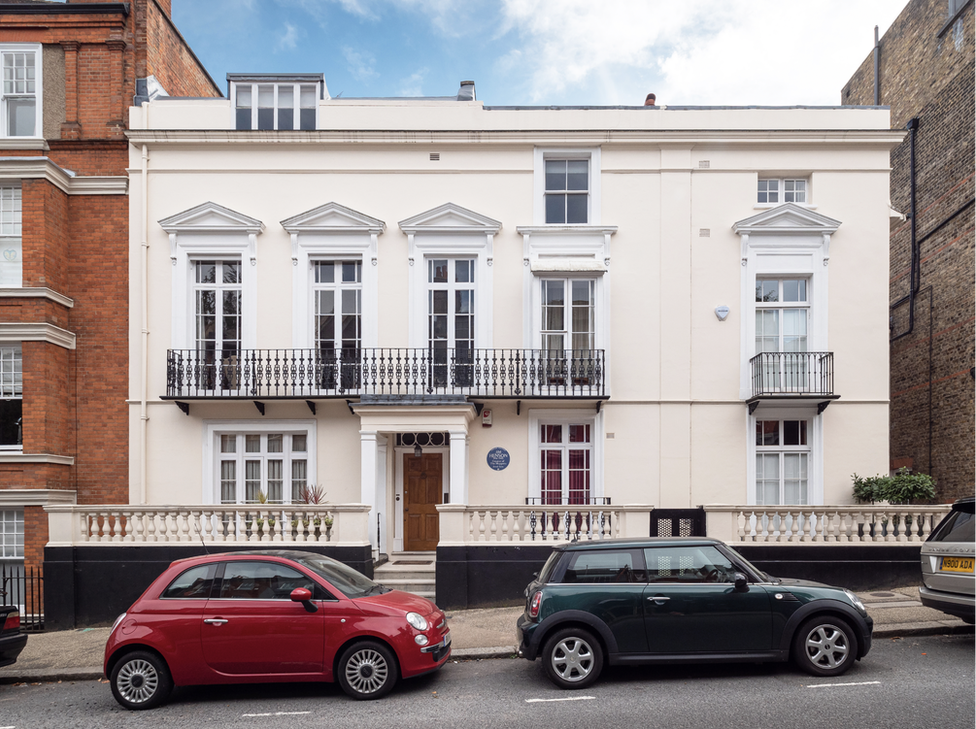
Blue plaques are usually found on buildings as a way to remember a significant person
Blue plaques are usually installed directly onto the front of buildings or people's houses, where they can be seen by the public.
They usually mark people and the places they were born, lived, worked, visited or died.
Other colour plaques
There aren't just blue plaques, you can also find green, purple or red ones.
Leicester and Wandsworth councils use the colour green to mark a person who deserved recognition.
In 1985 Manchester used a different colour for different reasons, such as blue to commemorate people, red for important events in the city, black for special buildings and green for anything that doesn't fit in the other categories.
If you could nominate someone for a blue plaque who would you choose? Let us know in the comments below.
- Published1 April 2021
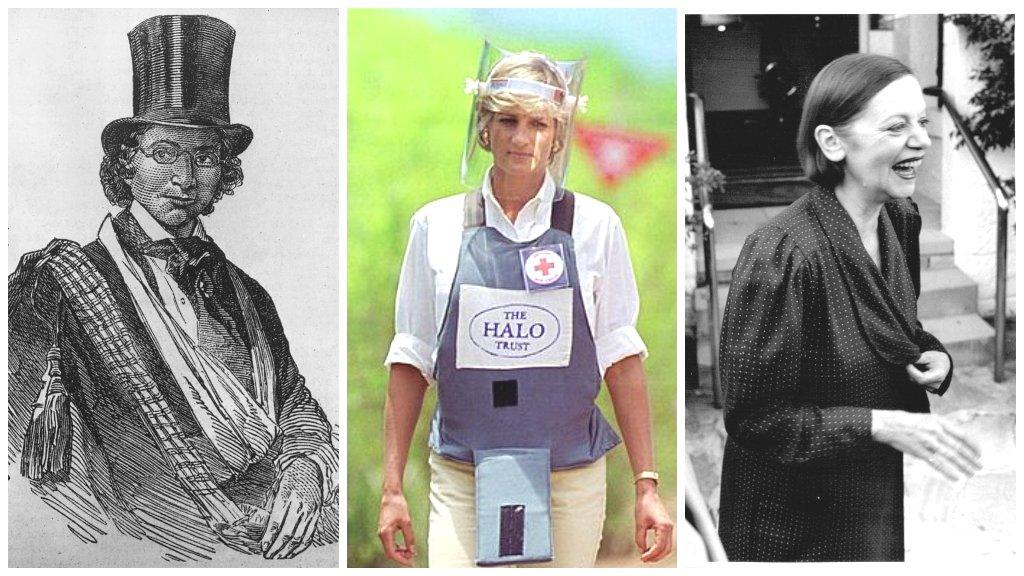
- Published28 August 2020

- Published26 November 2020
